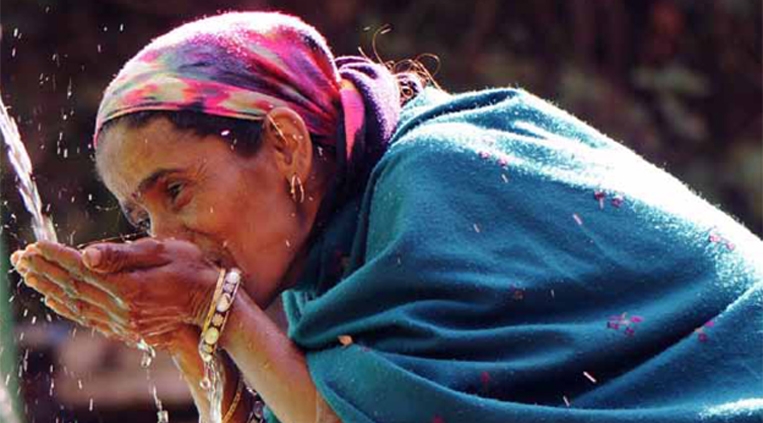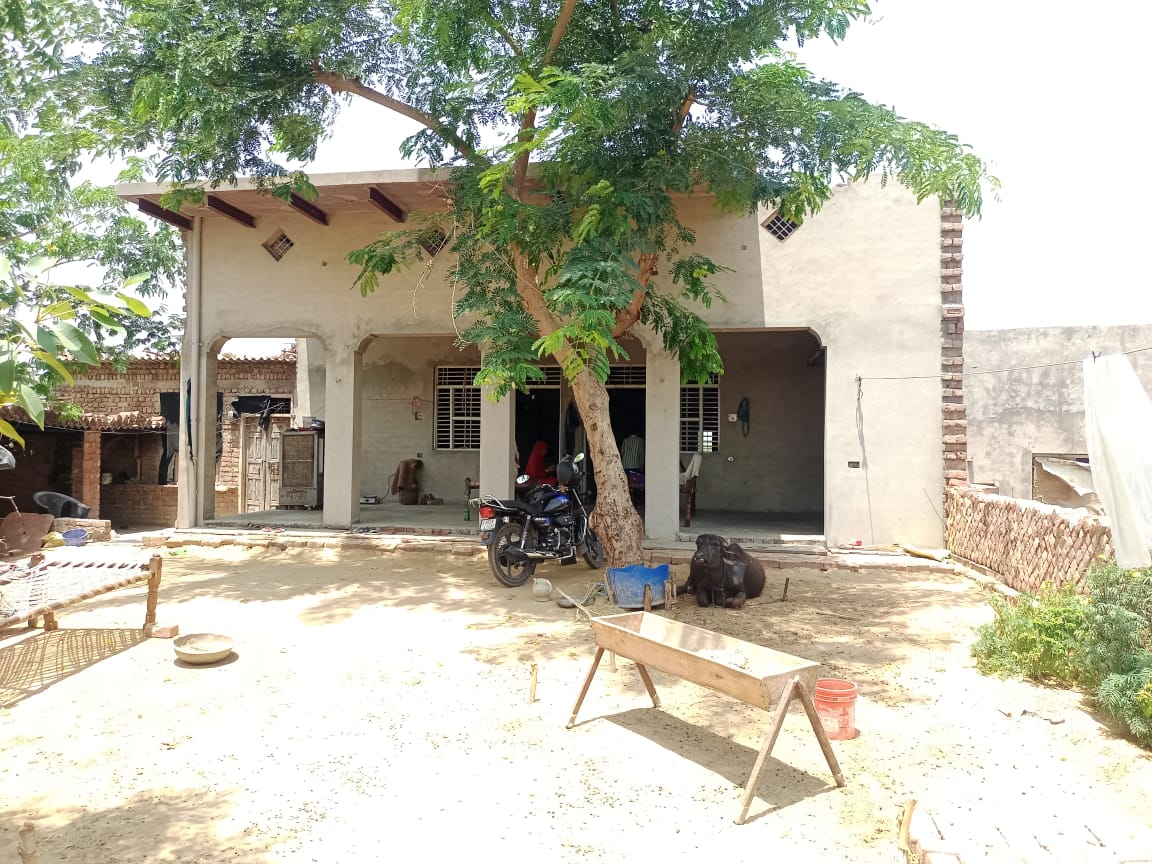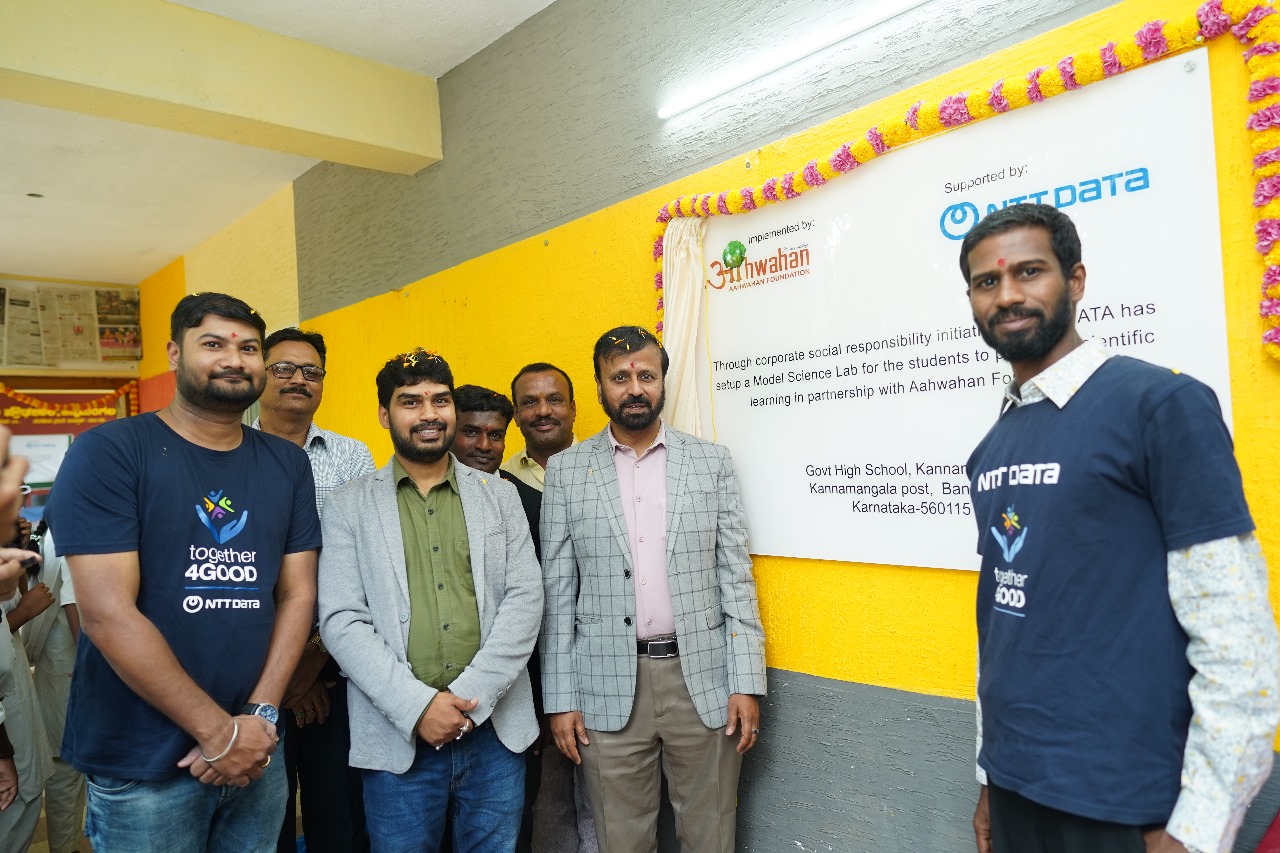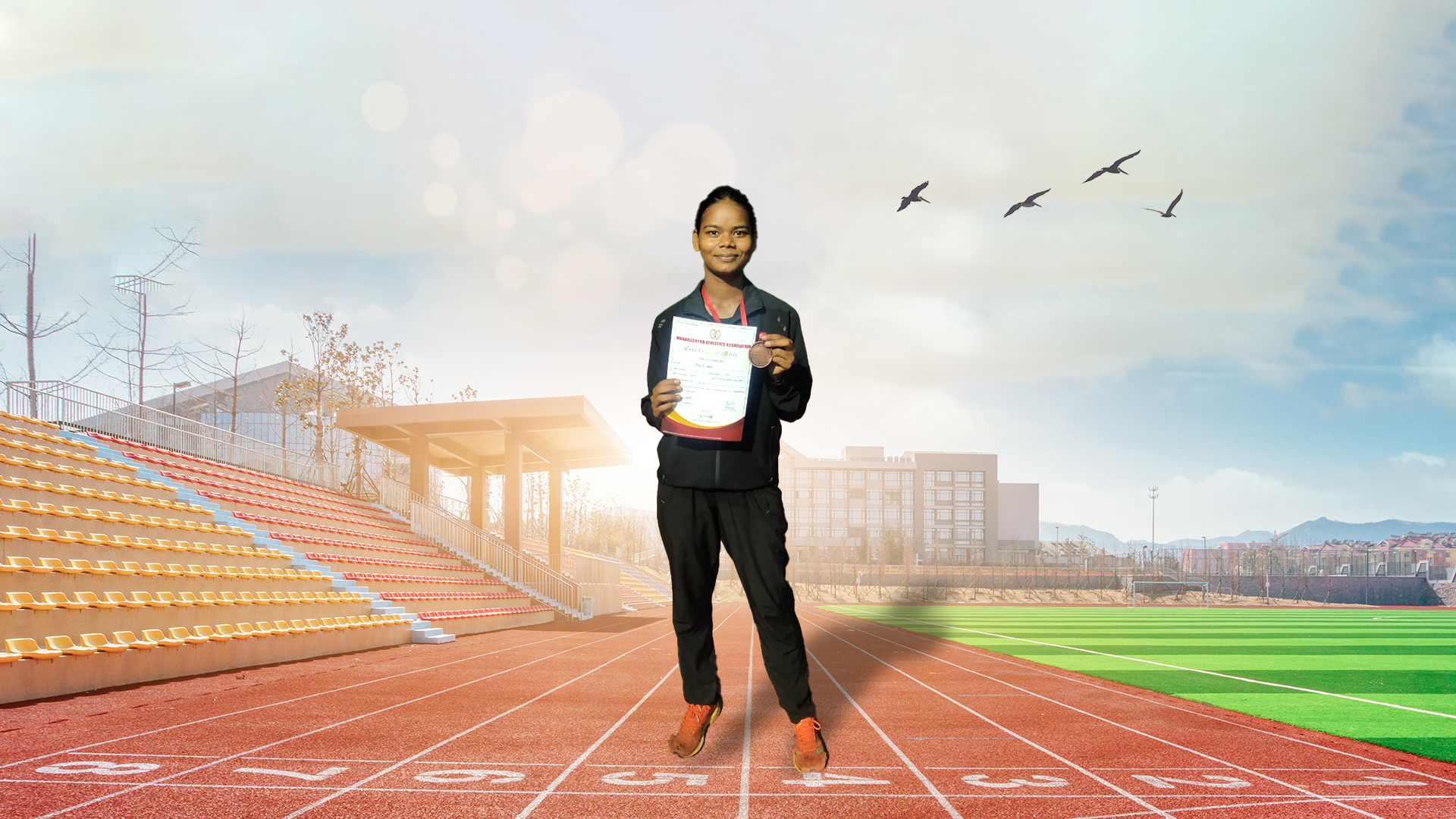Improving Water Delivery for the Underserved in the State of Uttarakhand
By The World Bank
June 22, 2018

Challenge
Characterized by the steep peaks and hills of the Himalayan mountain ranges, Uttarakhand is a northernmost state of India with a rural population of over 9 million people. The state suffered from water scarcity, crumbling Rural Water Supply and Sanitation (RWSS) infrastructure, and outdated technology. Water shortages, poor drainage facilities, and low water quality were the norm for this Indian state, particularly for its rural inhabitants. Inadequate operation and maintenance (O & M) of the RWSS infrastructure only worsened the situation.
For many villagers, particularly women, obtaining fresh water for domestic use meant traveling distances of over 1.6 kilometers. Of the households with access to RWSS services, only 10% were using the latrines and exhibiting sanitation-smart behaviors. As a result, water-related diseases loomed as a major health challenge facing rural areas. The lack of safe, sustainable, and reliable RWSS services affected not only people’s health, but also the state’s inclusive economic growth.
Approach
The project aimed to improve the effectiveness of RWSS services by supporting Uttarakhand’s sector reform process and implementation. The project moved from traditional supply-driven mode to decentralizing service delivery responsibilities, empowering the Panchayati Raj Institutions (PRIs) in planning, implementing, and maintaining the RWSS services. The project facilitated the formation of village-level committees, fully responsible for schemes at the village level, while the sector agencies are responsible for bulk water supply and multi-village schemes. Capacity building programs were tailored to the requirements of the state, district, and village level agencies. Independent technical and social audits helped in improving the technical and financial performance of schemes.
Importantly, the program used a sector-wide approach to help change mindsets from traditional engineering approaches to service delivery orientations – including technical, institutional, and financial sustainability with operations and maintenance cost recovery.
The project ensured women’s participation in the village level committees. The project developed educational campaigns targeted toward local communities in Uttarakhand to improve hygiene and sanitation practices.
Under the project, disaster mitigation activities were piloted to support reconstruction and restoration of infrastructure damaged by severe flooding. In parallel, the project included investments in critical infrastructure to improve sustainable access to RWSS services, as well as to help people protect themselves from natural disasters.
Results
The Uttarakhand Rural Water Supply and Sanitation Project (2006-2015) directly helped over 1.57 million people with improved water supply services. The project demonstrated strong evidence of institutional effectiveness and decentralization. Additionally, users in participating communities reported high satisfaction levels with the quantity and quality of water received.
The project supported massive information, education, and communication campaigns for behavior change, leading to state-wide open-defecation free status.
The following key results were observed during the life of the project:
- The project developed an innovative monitoring and evaluation system for RWSS to improve transparency and accountability;
- The number of people in rural areas provided with access to improved sanitation facilities reached 1.57 million;
- 852,721 households adopted improved hygiene and practices;
- 2,972 household water schemes were rehabilitated;
- Coverage of sanitation services increased, and 852,721 improved household latrines were constructed;
- 4,263,605 people were provided with access to improved sanitation facilities;
- 33,325 meters of drains, 2,265 latrines, and 1,751 soak pits in areas affected by severe flooding were rehabilitated and reconstructed;
- 3,781 Single Village Schemes and 36 Multi Village Schemes were constructed;
- 35,936 community water points were constructed and/or rehabilitated;
- Over 200,000 government staff and community members were trained;
- Over 4.2 million people were trained on improved hygiene behavior/sanitation practices, of which 2.1 million were females;
- 8,359 piped household water connections benefitted from rehabilitation works undertaken by the project;
- 2,876 schemes were reconstructed and restored;
- 1,617 soak pits were reconstructed and restored.
Bank Group Contribution
The World Bank provided an initial International Development Association (IDA) credit of US$120 million, and Additional Financing was approved in form of an IDA credit of US $28 million. The actual project cost was US$251.86 million. Due to the World Bank’s previous project in the Indian states of Utter Pradesh and Uttaranchal from 1996 to 2003, the World Bank was well positioned in terms of geographic and technical expertise.
Partners
The project nurtured strong partnerships with the state government of Uttarakhand, with particular reference to the reform efforts in the RWSS sector. The State Water and Sanitation Mission (SWSM) provided substantive support through coordination and implementation of the project activities, with its Project Management Unit providing technical and financial support. The SWSM also played a key role in conducting capacity building activities.
Moving forward
Based on data collected at the end of the project, 90% of schemes were deemed sustainable based on technical, financial and institutional aspects. In particular, the RWSS functions were successfully decentralized and monitoring and evaluation systems were developed in-house, continued as part of the state agencies’ functions.
Further impact can be achieved through continuing to build the capacity of the village-level institutions in terms of technical aspects, procurement, financial management, and project management. The state government maintains commitment to the project activities and objectives through ongoing technical, policy, institutional, and capacity building support to ensure the implementation of RWSS decentralization programs.
© Renalysis Consultants Pvt Ltd





.jpeg)


